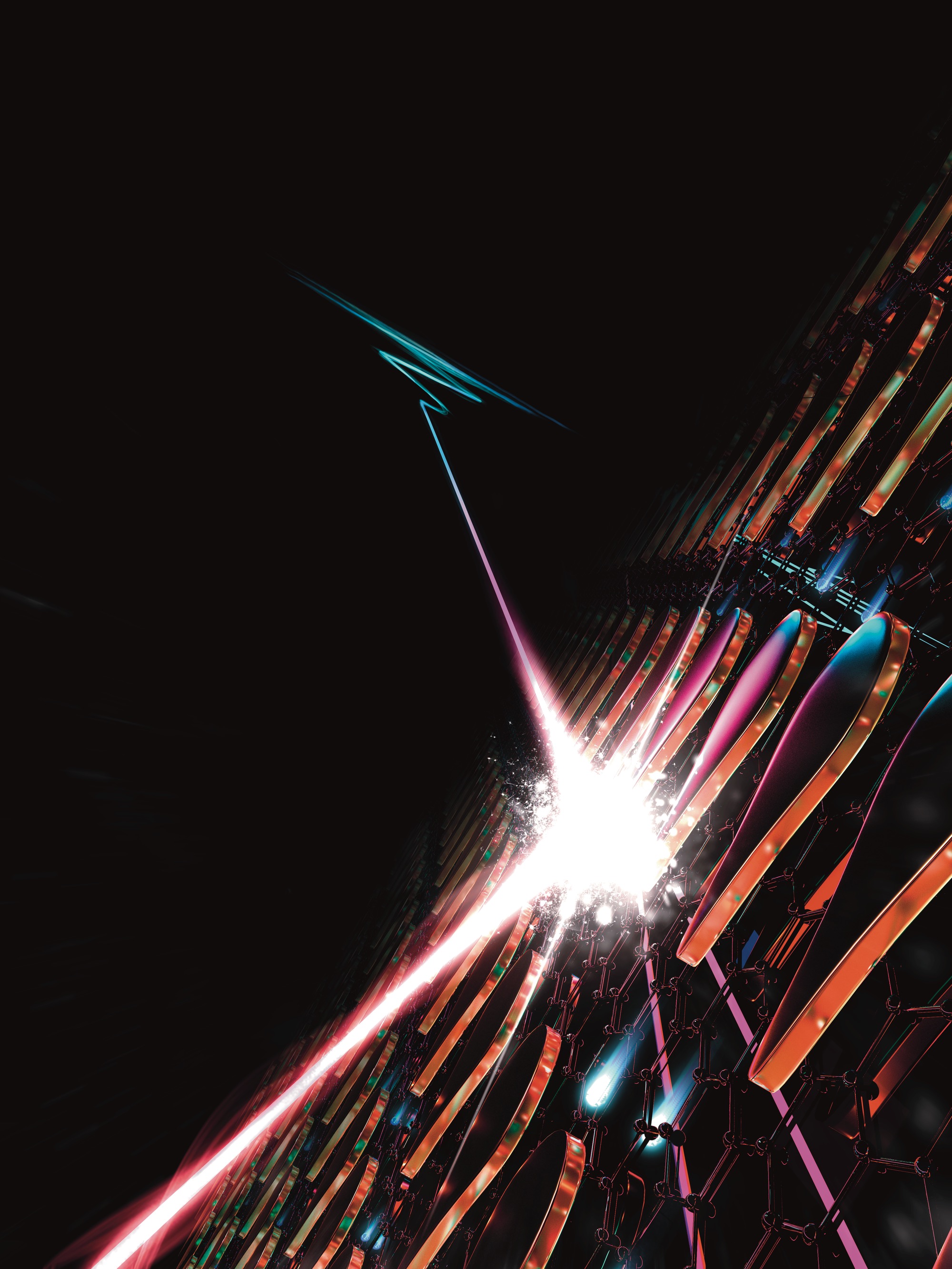Light-driven nanoscale vectorial currents: ultrafast control with plasmonic nanostructures

Image courtesy: Julia Chen
Menlo Systems is pleased to share the results of a collaboration with Los Alamos National Laboratories (LANL), which were this week published in Nature. As part of their ongoing research into the control of ultrafast dynamics in solid state systems, the group of Hou-Tong Chen, located at LANL in New Mexico, has developed a new way to control and shape charge currents on the nanoscale. The team developed sub-wavelength-scale gold resonator antennas – nanoantennas – which were excited by pulsed near-infrared light to enable control of the direction, amplitude, and location of nanoscale charge currents in a monoatomic layer of graphene.
The process harnesses symmetry breaking of the structures, as well as the photothermoelectric dynamics of graphene to provide easier control over vectorial currents, with response times of less than a picosecond. Menlo Systems’ development team contributed by developing a terahertz imaging method to extract hyperspectral imaging data of the vector fields, using our industry-proven TeraSmart terahertz spectrometer, together with our new ELMO 780 XHP femtosecond fiber laser and state-of-the-art TERA15-RX-FC terahertz antennas.
This technique is not limited by material properties or dynamics, as is the case for conventional electronic circuits, bringing enormous potential in emerging science and technology. These new capabilities could radically improve applications including nanomagnetism, ultrahigh-speed wireless communications, materials characterization, as well as for the generation of terahertz radiation.
The paper is open access and can be found via doi.org/10.1038/s41586-024-07037-4